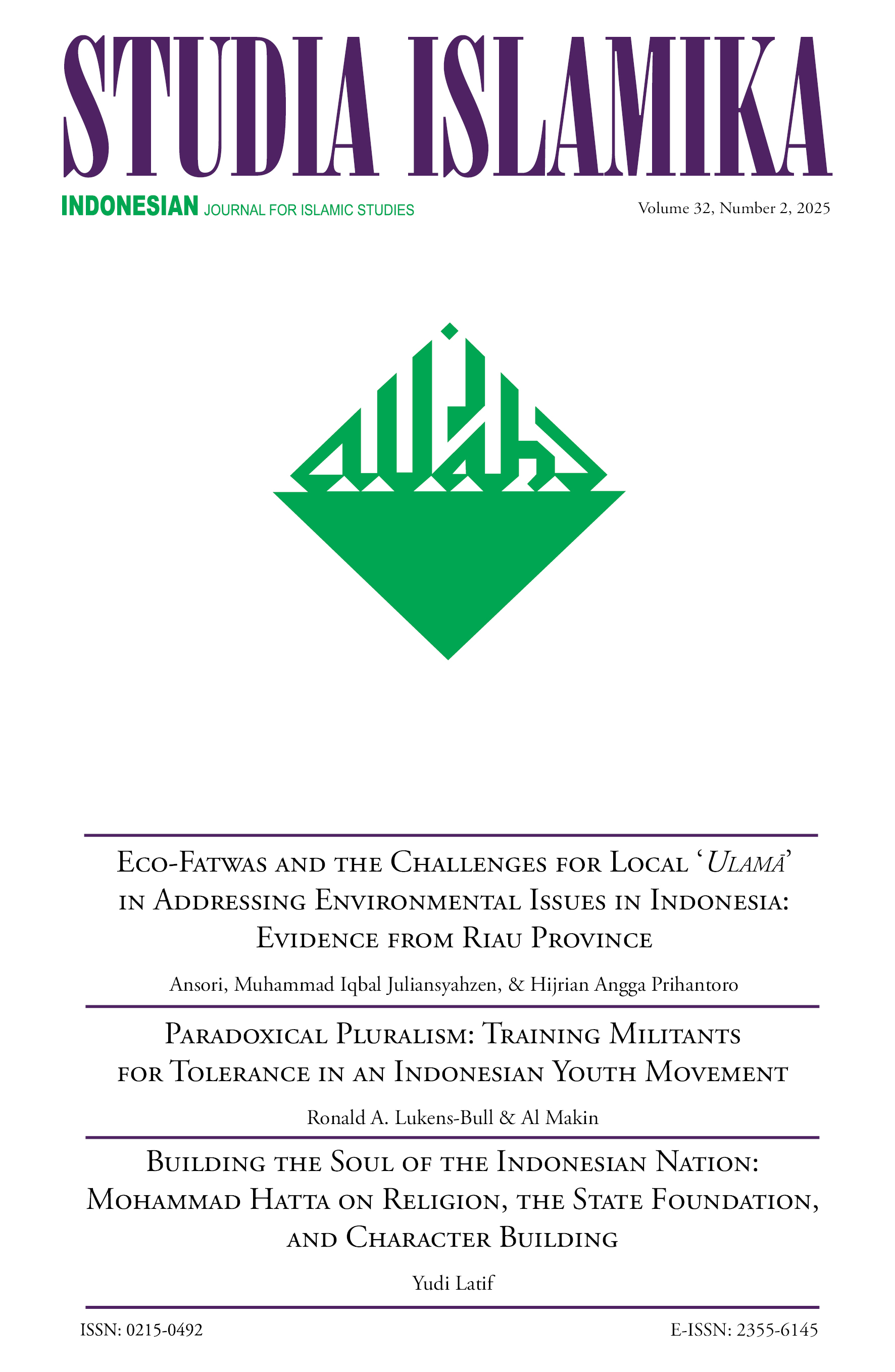Abstract
This article reviews Lin Hongxuan’s book Ummah Yet Proletariat: Islam, Marxism, and the Making of the Indonesian Republic (2023). The book explores the complex relationship between Islam and Marxism in the Dutch East Indies from 1915 to 1965, highlighting both their compatibility and the gradual shifts in their interactions. Rather than focusing on organizational relations, the book examines diverse forms of movement print culture—including newspapers, books, speeches, memoirs, and novels—which collectively reflect the progressive discourse surrounding the intersections of Islam and Marxism in the Dutch East Indies. The central questions raised are: To what extent are Islam and Marxism compatible? Under what conditions did compromises between them emerge? And how were these compromises articulated? The book argues that the relationship between Islam and Marxism was neither final nor static, as it is often imagined today, but instead dynamic and mutually contested. It further demonstrates that attempts to reconcile Islam with Marxist ideas were diverse and multifaceted.References
Anderson, Benedict. 1972. Java in a Time of Revolution: Occupation and Resistance, 1944-1946. Ithaca and London: Cornell University Press.
____. 1998. The Spectre of Comparisons: Nationalism, Southeast Asia, and the World. London and New York: Verso
____. 2006. Imagined Communities: Reflections on the Origin and Spread of Nationalism. London and New York: Verso.
____. 2015. Di bawah Tiga Bendera: Anarkisme Global dan Imajinasi Antikolonial. Jakarta: Marjin Kiri.
Cribb, Robert. 1990. The Indonesian Killings of 1965-1966: Studies from Java and Bali. Monash: Centre of Southeast Asian Studies.
Farid, Hilmar. 2005. “Indonesia’s Original Sin: Mass Killings and Capitalist Expansion, 1965-66.” Inter-Asia Cultural Studies 6(1):3–16. doi: 10.1080/1462394042000326879.
Fogg, Kevin W. 2019a. “Indonesian Islamic Socialism and Its South Asian Roots.” Modern Asian Studies 53(6):1736–61. doi: 10.1017/S0026749X17000646.
____. 2019b. Indonesia’s Islamic Revolution. Cambridge: Cambridge University Press.
____. 2020. “Indonesian Socialism of the 1950s: From Ideology to Rhetoric.” Third World Quarterly 42(3):465–82.
Herlambang, Wijaya. 2013. Kekerasan Budaya Pasca 1965: Bagaimana Orde Baru Melegitimasi Anti-Komunisme Melalui Sastra Dan Film. Marjin Kiri.
Hongxuan, Lin. 2023. Ummah Yet Proletariat: Islam, Marxism, and the Making of the Indonesian Republic. Oxford University Press.
Kahin, George Mct. 1952. Nationalism and Revolution in Indonesia. Ithaca, New York: Cornell University Press.
Kartodirdjo, Sartono. 1966. The Peasants’ Revolt of Banten in 1888: Its Conditions, Course and Sequel. Martinus Nijhoff Publishers.
Madinier, Remy. 2015. Islam and Politics in Indonesia: The Masyumi Party between Democracy and Integralism. Vol. 101. Singapore: NUS PRESS.
Roosa, John. 2008. Dalih Pembunuhan Masal: Gerakan 30 September Dan Kudeta Suharto. Jakarta: Hasta Mitra.
Schrieke, B. J. O. 1954. Indonesian Sociological Studies [Part One]. The Hague: The Royal Tropical Institute.
____. 1957. Indonesian Sociological Studies [Part Two]. The Hague: The Royal Tropical Institute.
Shiraisi, Takashi. 1990. An Age in Motion: Popular Radicalism in Java 1912 - 1926. New York: Cornell University Press.
Authors who publish with this journal agree to the following terms:
- Authors retain copyright and grant the journal right of first publication with the work simultaneously licensed under a Creative Commons Attribution License that allows others to share the work with an acknowledgement of the work's authorship and initial publication in this journal.
- Authors are able to enter into separate, additional contractual arrangements for the non-exclusive distribution of the journal's published version of the work (e.g., post it to an institutional repository or publish it in a book), with an acknowledgement of its initial publication in this journal.
- Authors are permitted and encouraged to post their work online (e.g., in institutional repositories or on their website) prior to and during the submission process, as it can lead to productive exchanges, as well as earlier and greater citation of published work.

